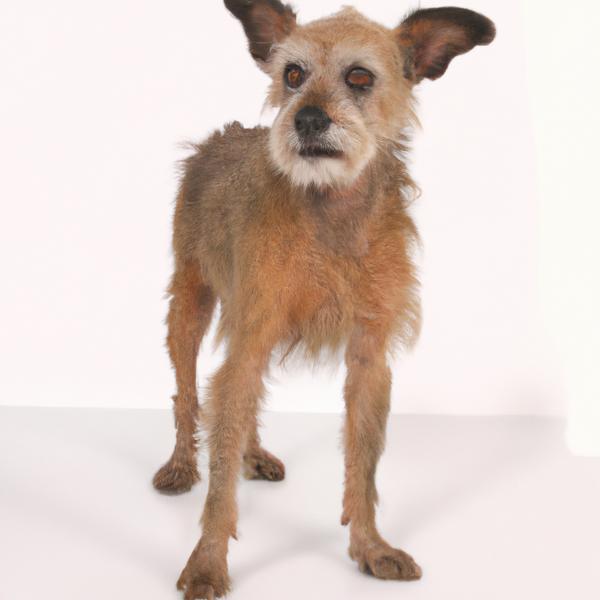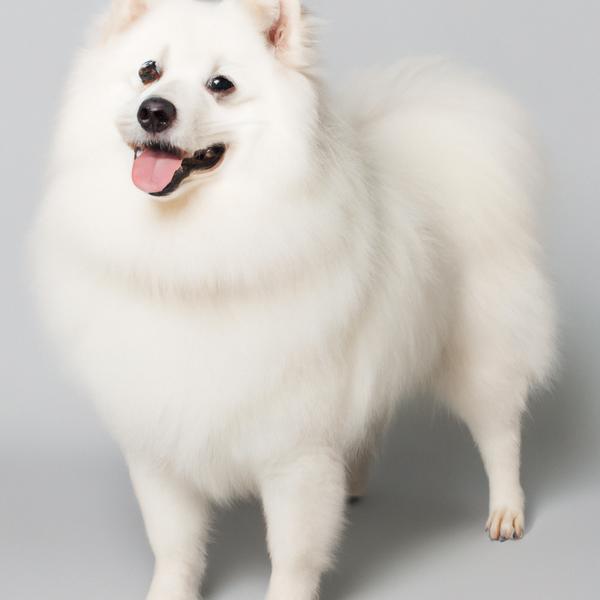Crustie vs. American Eskimo: Breed Differences and Similarities
Hypoallergenic
Are Crusties or American Eskimos hypoallergenic, or neither?
While no dogs are truly 100% hypoallergenic, Crusties are about as close as it gets, making them an ideal pet if you are an allergy sufferer.
Unfortunately, the American Eskimo is not hypoallergenic, making it not a good choice for a dog lover who suffers from pet allergies.
Temperament
What are the personalities of Crustie and American Eskimo dogs?
Playful
Independent
Happy
Energetic
Alert
Courageous
Intelligent
Affectionate
Loyal
Lively
Tempered
Sweet
Alert
Friendly
Intelligent
Energetic
Independent
Protective
Shedding Level
Do Crusties shed more than American Eskimos, or which breed sheds more, Crusties or American Eskimos?
Crusties shed very little hair, making them a great choice for those who dislike excess hair in the house.
American Eskimos shed a lot of hair each year, so frequent brushing is essential for reducing shedding and maintaining coat health.
Watchdog Ability
Which dog breed makes a better watchdog, the Crustie or American Eskimo?
Crusties are decent watchdogs - they'll alert their owner if something seems amiss.
American Eskimos make excellent watchdogs - they're vocal and protective of their territory.
Ancestry
What are the origins of Crustie and American Eskimo breeds?
Yorkshire Terrier and Chinese Crested
northern spitz
Breed recognition
Which kennel clubs recognize/register Crustie and American Eskimo?
ACHC = American Canine Hybrid Club
DBR = Designer Breed Registry
DDKC = Designer Dogs Kennel Club
DRA = Dog Registry of America, Inc.
IDCR = International Designer Canine Registry®
American Canine Registry
American Kennel Club
America's Pet Registry
Continental Kennel Club
Dog Registry of America Inc.
National Kennel Club
North American Purebred Registry, Inc.
United Kennel Club
Date of Birth
When were Crustie and American Eskimo breeds first developed?
Unknown
early 1900s
Eye Color Possibilites
What are the eye colors of Crustie and American Eskimo dogs?
Brown
Brown
Amber
Nose Color Possibilites
What are the natural nose colors of Crustie and American Eskimo?
Black
Black
Brown
Coat Color Possibilites
What are the natural colors of the coat for Crustie and American Eskimo breeds?
Brown
Black
Fawn
White
Coat Length
What is the typical coat length for Crustie and American Eskimo breeds?
Crusties have coats that can be either short or medium in length.
American Eskimos have longer coats compared to most dogs.
Coat Density
What is the density of the coat of Crustie and American Eskimo?
Coat Texture
What is the hair texture of Crustie and American Eskimo?
Straight
Litter Size
What is the usual litter size for Crustie and American Eskimo?
A Crustie can have a litter of 4-6 puppies on average. However, it's worth noting that the size of the litters can vary greatly. Factors that can influence litter size include the health of the mother, breeding history, and genetics.
An American Eskimo can have a litter of 12-15 puppies on average. However, it's worth noting that the size of the litters can vary greatly. Factors that can influence litter size include the health of the mother, breeding history, and genetics.
Adaptability
Crusties are known for their adaptability and can adjust well to different environments and lifestyle changes.
American Eskimos have average adaptability to changes in lifestyle and living environments compared to other breeds.
Health Issues
Between Crustie and American Eskimo, which breed is more prone to health problems?
Crusties typically have low vet costs due to their good health, but it's important to monitor their health and seek vet care when necessary.
While the American Eskimo breed is generally healthy, occasional vet check-ups are still necessary to address any health concerns.
Major Concerns
What are the major health concerns for Crustie and American Eskimo breeds?
Legg-Calve-Perthes Disease
Collapsed Trachea
Retinal Dysplasia
Hip Dysplasia
Addison's Disease
Minor Concerns
What minor health issues should be kept in mind when owning Crustie and American Eskimo?
None
Patellar Luxation
Occasional Tests
What occasional tests are recommended for Crustie and American Eskimo breeds?
X-Rays
Physical Examination
Ultrasound
Eye
Blood
Knee
Hip X-Rays
Energy
How do the energy levels of Crusties and American Eskimos compare?
Crusties are suitable for those with a balanced lifestyle as they have an average energy level.
American Eskimos thrive on an active lifestyle due to their high-energy nature.
Social Needs
Crustie vs American Eskimo social needs comparison
Crustie and American Eskimo have very high social needs. These needs include regular mental and physical stimulation, a job or purpose, and companionship. They thrive in environments where they have a lot of interaction with humans and other dogs.
Exercise Needed
Crustie vs American Eskimo exercise need comparison.
Crusties need only a small amount of physical activity, ideal for busy or elderly people or those with limited space.
American Eskimos require significant physical activity and suit those with an active lifestyle.
Sleeping Need
Which of the two sleeps the most/least: Crustie or American Eskimo?
Crusties have moderate energy levels and typical sleep patterns of 12-14 hours per day.
American Eskimos are active and require sufficient sleep to stay healthy.
Tendency to Bark
Do Crusties or American Eskimos bark more/less frequently?
Crusties bark moderately when necessary and may also bark due to certain triggers like fear, alarm, boredom, greeting, separation anxiety and compulsive barking.
American Eskimo dogs bark and howl frequently and are not recommended for quiet homes.
Mouthiness
Mouthiness Comparison: Crustie vs American Eskimo?
Roaming urge
Crustie vs Labrador: Running away tendency?
Prey Drive
Crustie or American Eskimo - which breed has a higher level of prey drive?
Activity Level
Which breed has higher energy, Crusties or American Eskimos?
Crusties are high-energy dogs. They need mental as well as physical exercise. These dogs require a lot of your involvement and without it they can, and will, become problematic dogs.
American Eskimos are medium-energy dogs and typically enjoy socializing and playing casual or even sustained games of chase with other dogs. They may also have occasional periods of barking or racing around the house.
Tolerance of being left alone
Walks per Week
How many miles should Crustie or American Eskimo walk each week?
There's really no limit to how far you walk your dog as long as they're comfortable. For Crustie, it's at least 8 miles / week. Just remember to build distance and stamina gradually over time.
There's really no limit to how far you walk your dog as long as they're comfortable. For American Eskimo, it's at least 7 miles / week. Just remember to build distance and stamina gradually over time.
Activity per Day
Do Crusties or American Eskimos require more exercise?
Both Crustie and American Eskimo typically require a minimum of 60 minutes of exercise each day. The exercise can be spread throughout the day and may involve high-energy activities like walking, running, and playing.
Grooming
Which breed is easier to maintain in terms of grooming, Crusties or American Eskimos?
Crusties require significant grooming, including regular trims and professional grooming assistance to maintain their coat. They may also require frequent bathing to keep their coat and skin healthy.
The American Eskimo requires an average amount of grooming compared to other breeds.
Brushing Frequency
What is the recommended brushing frequency for Crustie and American Eskimo dogs?
Ideally, both Crustie and American Eskimo should be brushed at least 2 or 3 times a week (preferably daily) to improve shedding.
Brushing Tools
What brushing tools are used for Crusties and American Eskimos?
Pin Brush
Comb
Scissors
Nail Clipper
Pin Brush
Dematter
Comb
Deshedder
Nail Clipper
Cups
How much food should be given to Crustie or American Eskimo in cups?
For an average 7-13 pound (3 - 6 kg) Crustie feed 1 cups daily. But, keep in mind, the amount you feed is going to be dependent on the quality of the food you are feeding.
For an average 20-40 pound (9 - 18 kg) American Eskimo feed 2.5 cups daily. But, keep in mind, the amount you feed is going to be dependent on the quality of the food you are feeding.
Daily Cost
Which breed has a higher daily cost, Crustie or American Eskimo?
The average cost of a Crustie is somewhere $1.10 - $1.40 per day.
The average cost of an American Eskimo is somewhere $2.50 - $3.20 per day.
Monthly Cost
Which breed has a higher monthly cost, Crustie or American Eskimo?
The average per month expenses of a Crustie is between $28 - $42. This makes an average of $336 - $504 per year. It will be on the higher side when the dog is still small because it will need more frequent visits to the vet, shots.
The average per month expenses of an American Eskimo is between $74 - $95. This makes an average of $888 - $1140 per year. It will be on the higher side when the dog is still small because it will need more frequent visits to the vet, shots.
Intelligence
Comparing Intelligence: Crusties vs American Eskimos
Crusties are average in obedience intelligence but have a high IQ and may cause trouble if left unsupervised.
American Eskimo has below average obedience intelligence, but they excel in understanding human emotions.
Sensitivity Level
How do Crustie and American Eskimo compare in sensitivity?
This breed is sensitive to its environment and best suited for patient and understanding families with a consistent routine.
This breed is sensitive and requires gentle handling and a calm home environment.
Affection Dependance
Which is the more affectionate dog breed: Crustie vs American Eskimo?
Apartment Friendly
Which breed is more apartment-friendly: Crustie or American Eskimo?
Crusties and American Eskimos are known for being excellent apartment dogs. They are fairly active indoors and will do okay without a yard.
Child Friendly
Do Crusties or American Eskimos have a friendlier temperament towards children?
Crusties have an average level of friendliness towards children.
American Eskimos are good with kids if socialized and trained from a young age.
Senior-friendly
Which dog is more suitable as a pet for the elderly - Crustie or American Eskimo?
Cat Friendly
Do Crustie or American Eskimo breeds have a better compatibility with cats?
Crusties are good with cats, but early training is needed to prevent chasing behavior.
American Eskimos are average in their friendliness toward cats and tend to do well with them, especially if raised together.
Dog Friendly
Which breed is more sociable with other dogs: Crustie or American Eskimo?
Crusties are average in their friendliness towards other dogs, and socialization can help.
American Eskimos are friendly and active companions, and can be good family pets, though their friendliness towards other dogs may vary.
Pet friendly
How do Crustie or American Eskimo dogs interact with other pets?
Stranger Friendly
Which breed is more friendly with strangers: Crustie or American Eskimo?
Crusties are friendly but may bark at strangers, and training is easy due to their intelligence.
American Eskimos are quick to announce strangers and can be standoffish or suspicious.
Playfulness
Which breed is more playful between Crustie and American Eskimo?
Crusties have an average level of playfulness, enjoying playtime like most dogs but not excessively so.
American Eskimos are very playful, so adopting an older one might be a better option for a more relaxed experience.
Trainability
How do the trainability levels of Crusties and American Eskimos compare?
Crustie and American Eskimo dogs are known for their ease of training and ability to learn quickly, making them a popular choice for pet owners and trainers alike.
Compare Crustie with other breeds
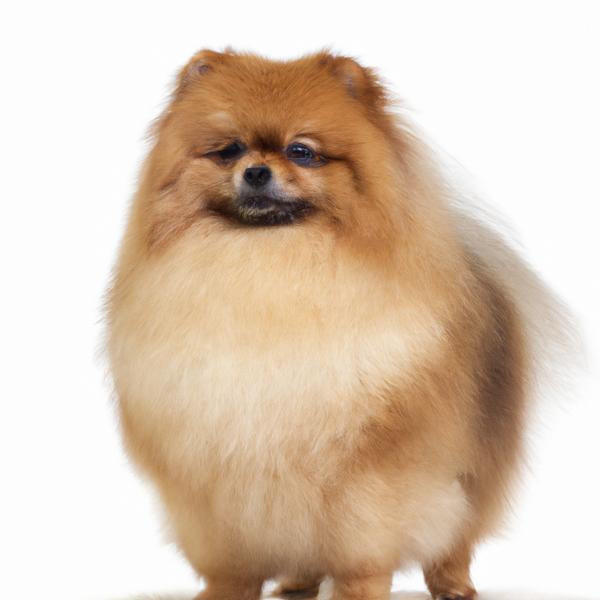
Pom-Silk
Crustie vs Pom-Silk
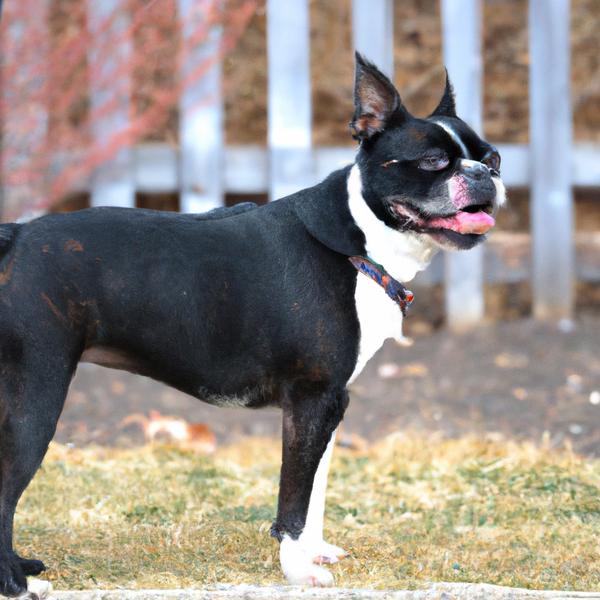
Bostie
Crustie vs Bostie

Siberian Pinscher
Crustie vs Siberian Pinscher

Redbone Coonhound
Crustie vs Redbone Coonhound

Dunker
Crustie vs Dunker

Shinese
Crustie vs Shinese
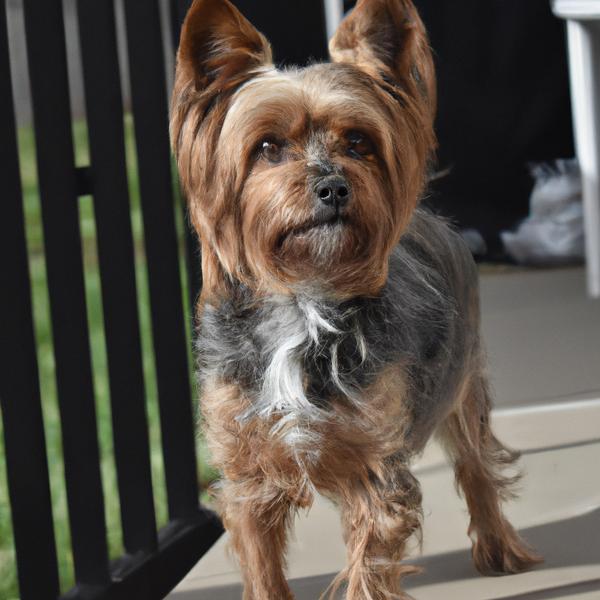
King Charles Yorkie
Crustie vs King Charles Yorkie
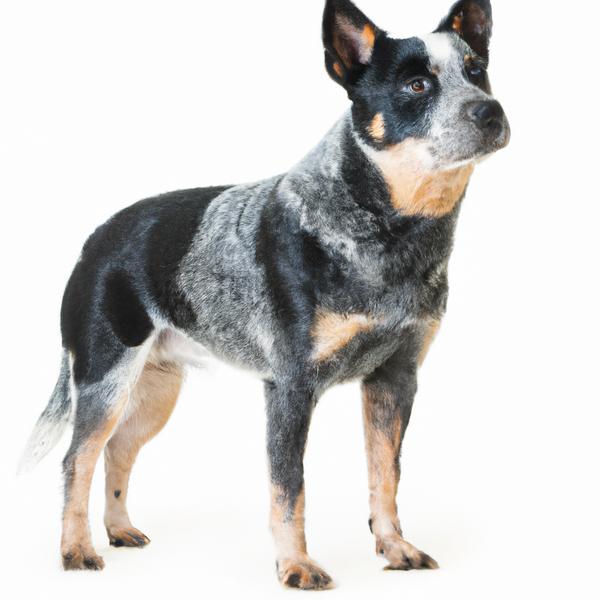
Blue-Tzu Heeler
Crustie vs Blue-Tzu Heeler

Staffy Bull Pit
Crustie vs Staffy Bull Pit
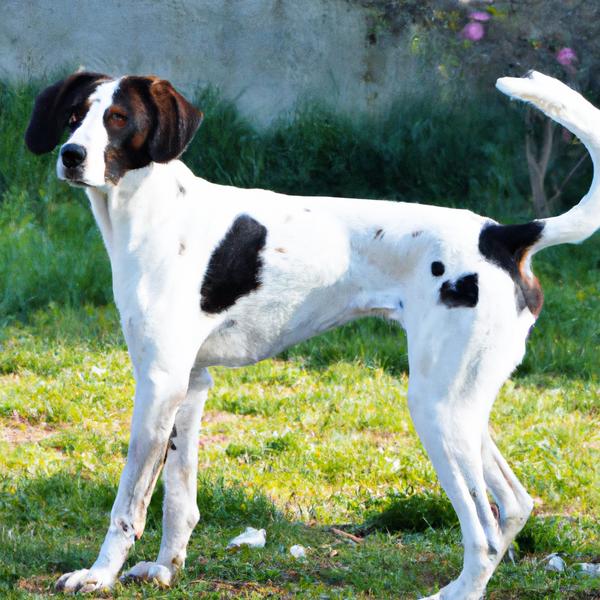
Dualanese
Crustie vs Dualanese
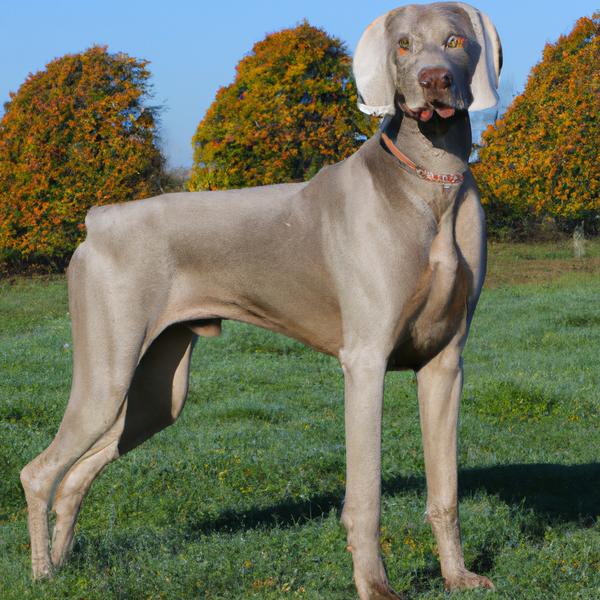
Weimapeake
Crustie vs Weimapeake
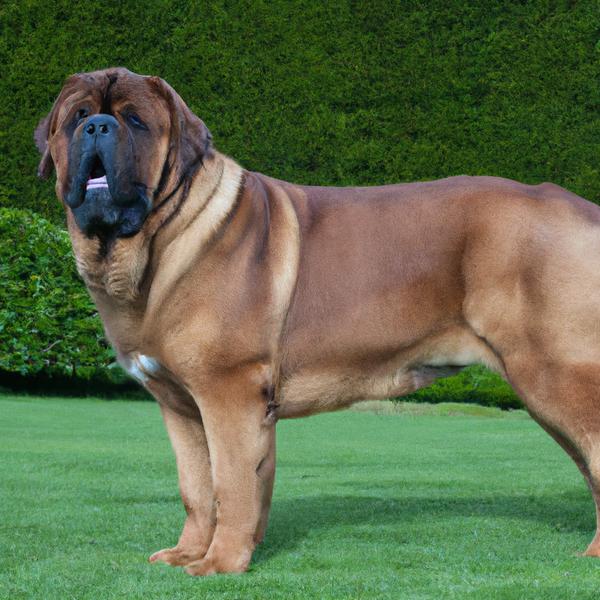
Irish Mastiff
Crustie vs Irish Mastiff
